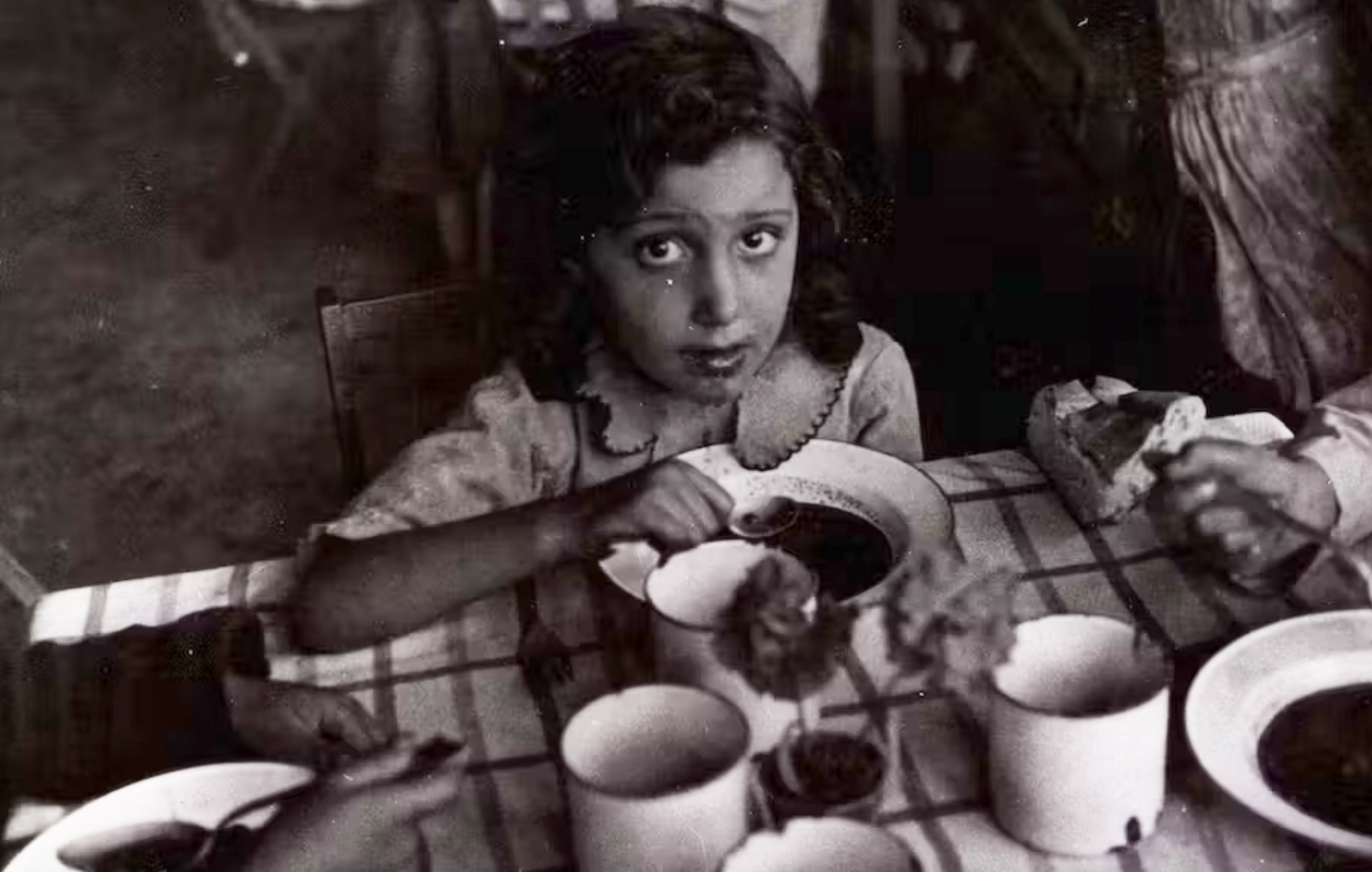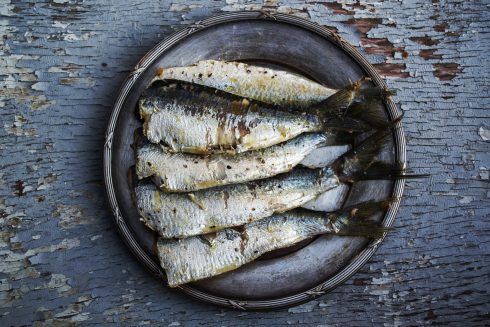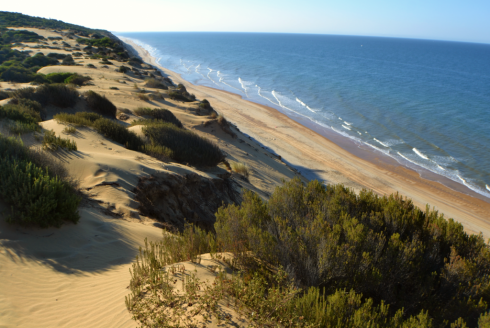EVERYONE has heard of the Spanish Civil War, but historians have largely glossed over the devastating famine that followed.
Barely discussed, like a dark secret, the hunger years – from 1939 to 1951 – caused the deaths of at least 200,000 Spanish citizens. It also led to ingenious cooks substituting items for missing ingredients, to keep hunger pangs at bay.
During this era, the staple foodstuffs of meat, eggs, milk, cheese, fresh fruit, white bread, and coffee became so scarce that they disappeared from the nation’s tables.
The resulting period of rationing, malnutrition, and starvation remains within the memory of over-75s. This explains why many ‘abuelas’, to this day, dislike food waste.
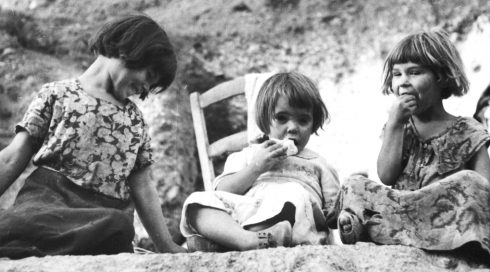
What caused the problem?
Spain’s post-war famine was caused by a combination of war, drought, isolationism (trying to be self-sufficient) and raging price inflation that gripped the country.
After he gained control, Franco decided that Spain would produce its own food and that everyone would have ‘pan y lumbre’ (bread and wood). However, Spain didn’t have the necessary resources and previously imported wheat from the US. Franco also decreased spending on fertilisers and agricultural workers, reducing harvests.
With price inflation at play, a 1945 report for Franco said that a farmer should allocate 90% of his income to food.
The rationing began on May 14, 1949. The cards allocated each person 125 grams of meat, a quarter litre of oil, 250 grams of black bread, 100 grams of rice, a piece of soap, and an egg. Sometimes, these supplies didn’t arrive or were badly distributed, leading to people queuing for hours and returning home empty-handed.
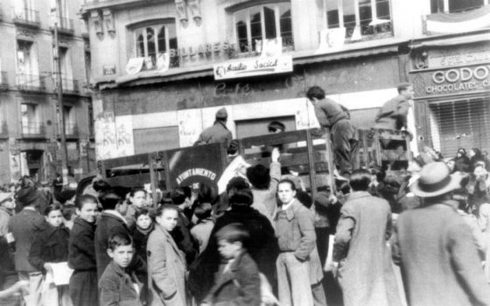
Malnutrition and disease
With the daily calorie count falling below what the body requires, many people suffered from illnesses related to malnutrition. Meanwhile, the black market thrived, favouring the more affluent in society. The bread supply was literally black – low quality ‘pan negro’ made from non-wheat flours.
In 2021, Miguel Ángel del Arco Blanco, a historian from the University of Granada, compared this period to other great famines, including the Ukrainian Holodomor, the Great Famine in Greece, and the Dutch famine of 1944. He claimed it has been ‘silenced’.
Estimates of the death toll range from 200,000 to 600,000. In some Andalucian provinces, mortality rose 20% during 1940-41. Lack of food contributed to the height of Spaniards decreasing.
Of this era, 1946 was known as ‘The Hunger Year’, because there was also a drought. Estimates suggest that deaths from malnutrition increased 250% through the 1940s. Adding to the misery, a typhus epidemic ripped through Spain between 1939 and 43. It’s hard to recover when you’re starving.
Some studies say that 25% of citizens aged over-five had fatigue through lack of food. Men would go to work hungry and come home to a scant dinner. The women reportedly sacrificed their rations, so their husbands could eat more.

Campo versus city
People living and working on the campo were luckier than those in cities. Some sustained themselves on herbs, nuts, berries, and any animals they discovered. Acorns and chestnuts were popular and appeared in numerous dishes. Partridges might appear in a special dish. However, there were some dangers – such as consuming an excess of almorta, a type of grass with a pea bud, that can prove neurotoxic over time.
Those living in seaside towns could catch fish and sustain themselves that way. Inland, fish wasn’t available.
There are reports of people eating dogs, cats (substituted for hare), storks, rats, snakes, and lizards. At this time, poorer people didn’t generally have access to meat – it was the domain of the rich, who could afford contraband.
There’s an anecdote about a group of desperate people pouncing on a donkey that had just died. More disturbingly, a father in Extremadura dug up a dead pig with trichinosis. After eating it, his family became ill and two of his sons died.
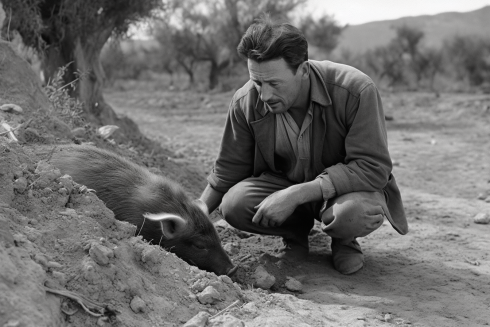
Necessity – the mother of invention
With hunger reportedly occupying every thought in post-war Span, people were forced to improvise. No potatoes or eggs? Then make a ‘tortilla’ using orange peel and a liquid concoction that imitates egg yolk. The ‘arroz de cojones’ didn’t contain rice – it deployed ground flour as a substitute. ‘Gachas’ were a bit like chapatis made from cornflour, designed to fill the stomach.
Many people made their own soups with whatever they could find. The infamous black bread was sometimes softened with wine, which never ran short on supply.
Some of the dishes from the post war period are served in Spain today. ‘Migas’ and ‘potatas de lo pobre’ have never left the nation’s plates. Chestnuts are a popular choice and great for vegans. Foraging on the ‘campo’ for herbs and berries is modish with those seeking fresh ingredients.
The famine also proved inspirational to some famous chefs. Benjamín Urdiain, the first Spanish chef to win three Michelin stars, was born in 1939. Juan Mari Arzak, who introduced the ideas behind Nouvelle Cuisine, was born in 1942.
One legacy of the post-war era is people eating every part of an animal after the ‘matanza’ (slaughter), down to the brains. The nation’s pride in having white bread on the table, during every meal, also stems from this time.
RECIPE TEST: the false tortilla without potatoes or eggs
The Olive Press enlisted help from Paqui, a traditional Spanish cook, to try the ‘false tortilla’ from the ‘Recetas de hambre’ book. Firstly, she looked dubious. Then, she got down to work.
The recipe starts with three oranges. You grate the peel until the white part (albedo) appears. This replaces the potatoes. To eradicate bitterness, it must be boiled for 3-4 hours. It is then drained, seasoned with salt, and fried in the pan like you’re making a normal omelette. The ‘egg’ is created by rubbing garlic on a plate, adding a few drops of oil, pinches of salt, four tablespoons of flour, a small tablespoon of baking soda, some pepper, and eight tablespoons of water. This concoction is beaten and left to stand, before being combined with the ‘potatoes’.
…And the verdict?
“It is totally disgusting,” said the reporter. “I’d rather eat the original oranges!”
“If you were very hungry, you would definitely eat that,” said, Paqui’s husband, Paco.
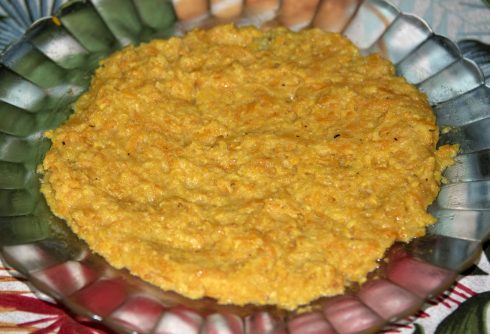
Common substitutes from the post war era
- Acorns for bacon.
- Almonds in shortbread.
- Rice (‘arroz de cojones’) made using crushed wheat.
- Chestnuts in everything.
- Coffee made from roast acorns, barley, carob, or chicory.
- ‘Hake’ made from boiled rice and fish bones.
‘Las recetas de hambre’, by David Conde and Lorenzo Mariano, is available from Amazon.
READ MORE
- Exploring Spain: the search for Lorca’s Grave in Andalucia
- Picasso museum in Malaga accused of whitewashing Francoism

